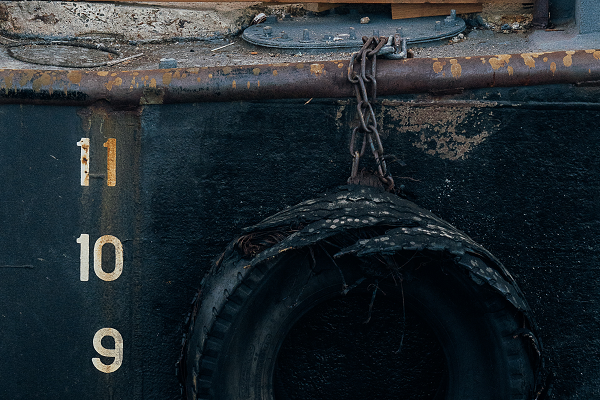Coastal Tides
Tides refer to the rise and fall of a body of water, most commonly seen in the oceans. As the positions of Earth, Sun and Moon change in relation to each other, gravitational forces acting upon the oceans vary and it is these differences that cause fluctuations in the height of the sea.
These changes in water level are often strongest at the coastline and, on a beach, can be seen as an incoming tide (flooding tide), or as a receding (or an ebbing) tide. In the UK we mostly experience two high tides and two low tides each day. These occur approximately every 12 hours and 25 minutes. Tidal range (the difference between the low and high water mark) has an important cycle approximately every two weeks, known as the spring-neap cycle. Spring tides have the largest tidal range, often exposing low water sand bars and leading to a faster incoming tide.

Tide depths vary by day and by night
At some beaches being aware of tide times and height is very important to avoid the risk of being stranded by the incoming tide. For this reason, Water Safety Scotland recommends that those using coastal water for recreation are aware of coastal tide times.
How to minimise the risk
The key advice from Water Safety Scotland is to make sure you check the tide tables so you don’t get cut off: check the Beach forecast and tide times at Met Office online to keep yourself as safe as possible and minimise the chance of being stranded.
